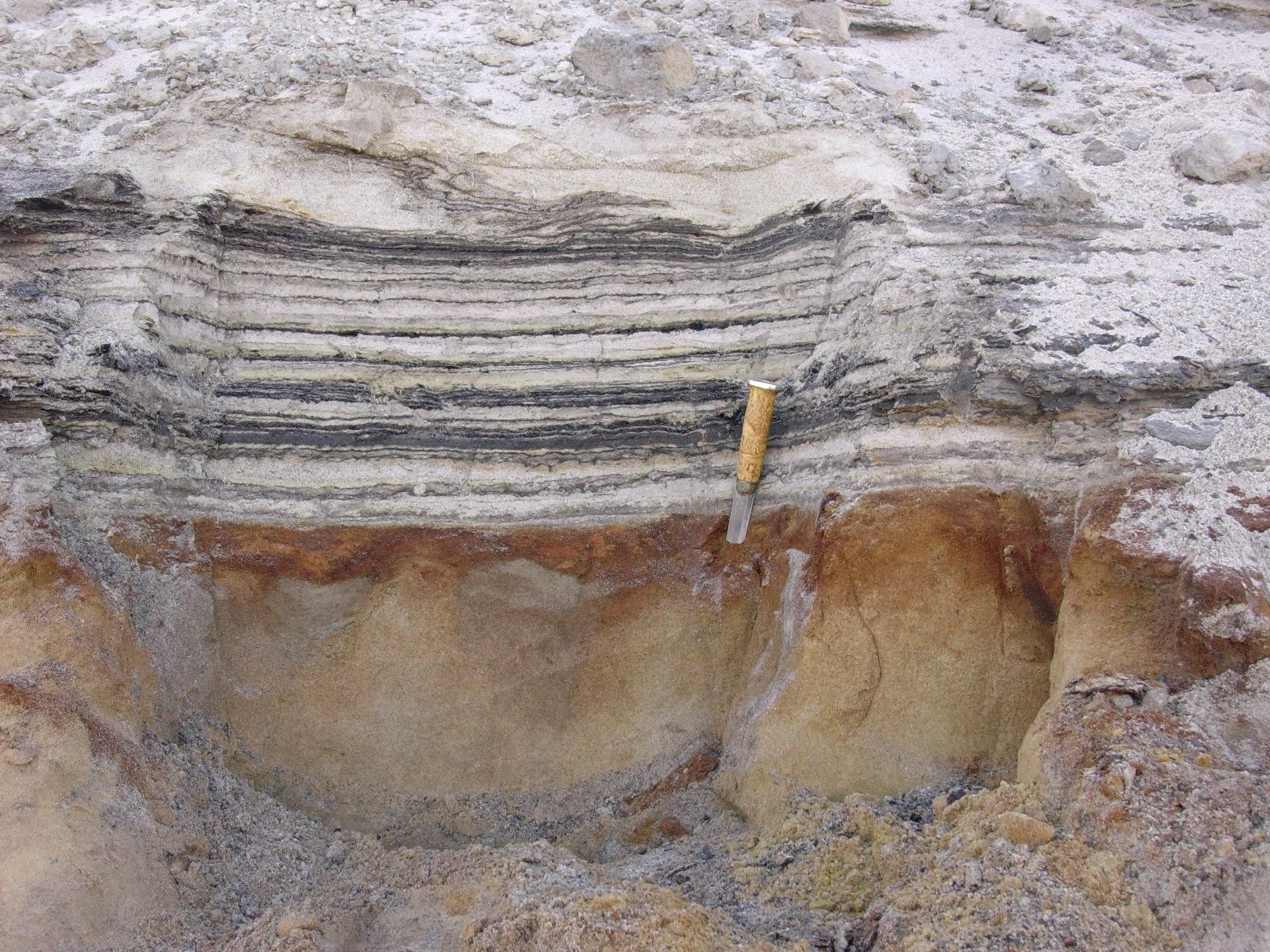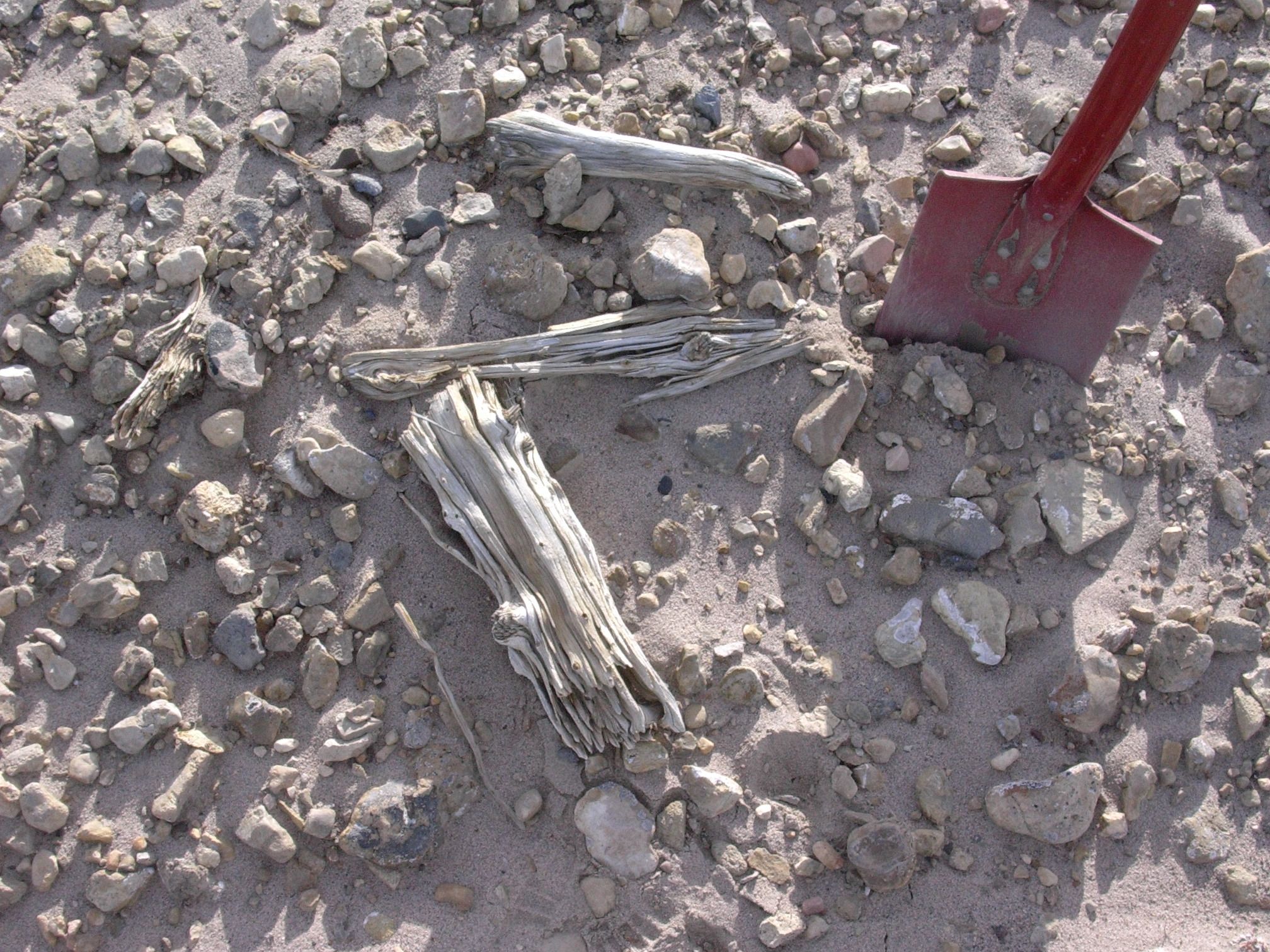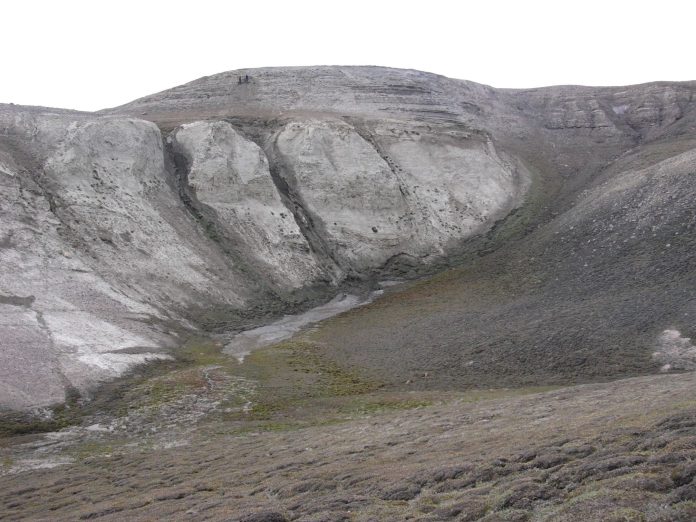Microscopic fragments of environmental DNA were found in Ice Age sediment in northern Greenland. The fragments are one million years older than the previous record for DNA sampled from a Siberian mammoth bone.
The ancient DNA has been used to map a two-million-year-old ecosystem which weathered extreme climate change. The results could help predict the long-term environmental toll of today’s global warming.
The discovery was made by a team of scientists led by Professor Eske Willerslev and Professor Kurt Kjær. Professor Willerslev is a Fellow of St John’s College, University of Cambridge and Director of the Lundbeck Foundation GeoGenetics Centre at the University of Copenhagen where Professor Kjær, a geology expert, is also based.
The results of the 41 usable samples found hidden in clay and quartz are published today in Nature.
“A new chapter spanning one million extra years of history has finally been opened and for the first time we can look directly at the DNA of a past ecosystem that far back in time,” says Willerslev.
“DNA can degrade quickly but we’ve shown that under the right circumstances, we can now go back further in time than anyone could have dared imagine.”
“The ancient DNA samples were found buried deep in sediment that had built-up over 20,000 years,” says Kjær. “The sediment was eventually preserved in ice or permafrost and, crucially, not disturbed by humans for two million years.”

Close-up of organic material in the coastal deposits. The organic layers show traces of the rich plant flora and insect fauna that lived two million years ago at Kap København in North Greenland. Credit: Professor Svend Funder
The incomplete samples, a few millionths of a millimetre long, were taken from the København Formation, a sediment deposit almost 100 metres thick tucked in the mouth of a fjord in the Arctic Ocean in Greenland’s northernmost point. The climate in Greenland at the time varied between Arctic and temperate and was between 10-17C warmer than Greenland is today. The sediment built up metre by metre in a shallow bay.
Evidence of animals, plants and microorganisms including reindeer, hares, lemmings, birch and poplar trees were discovered. Researchers even found that Mastodon, an Ice Age mammal, roamed as far as Greenland before later becoming extinct. Previously it was thought the range of the elephant-like animals did not extend as far as Greenland from its known origins of North and Central America.
Detective work by 40 researchers from Denmark, the UK, France, Sweden, Norway, the USA and Germany, unlocked the secrets of the fragments of DNA. The process was painstaking – first they needed to establish whether there was DNA hidden in the clay and quartz, and if there was, could they successfully detach the DNA from the sediment to examine it? The answer, eventually, was yes. The researchers compared every single DNA fragment with extensive libraries of DNA collected from present-day animals, plants and microorganisms. A picture began to emerge of the DNA from trees, bushes, birds, animals and microorganisms.

Remains of wooden branches from the forest that grew at Kap København two million years ago. Credit: Professor Svend Funder
Some of the DNA fragments were easy to classify as predecessors to present-day species, others could only be linked at genus level, and some originated from species impossible to place in the DNA libraries of animals, plants and microorganisms still living in the 21st century.
The two-million-year-old samples also help academics build a picture of a previously unknown stage in the evolution of the DNA of a range of species still in existence today.







